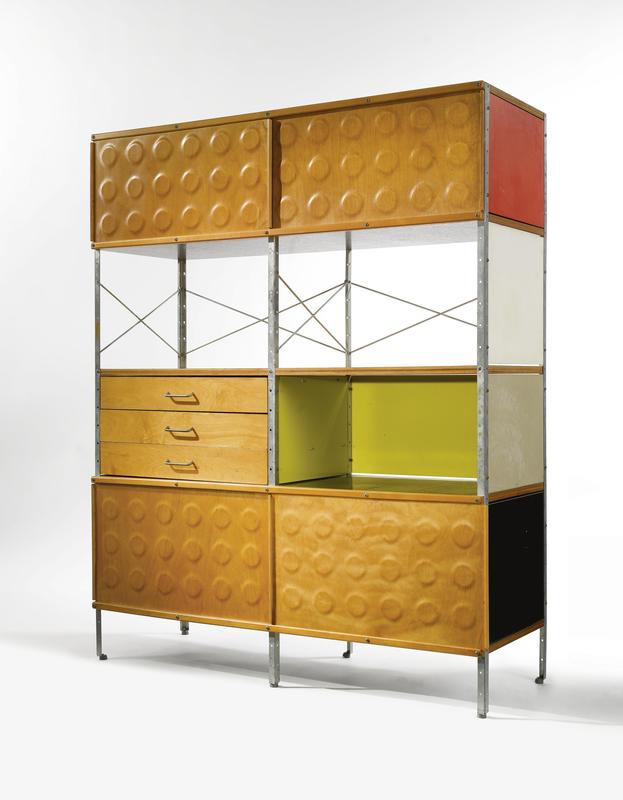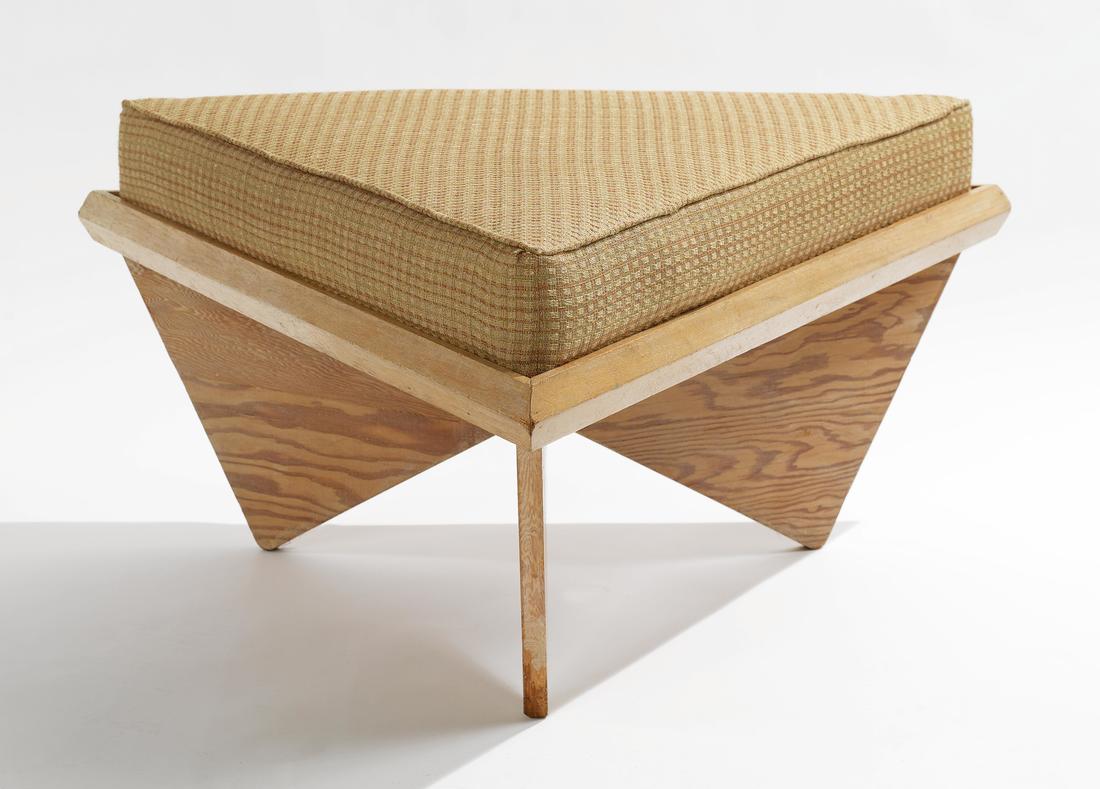It was my great honor to host Mark McDonald in my class this morning, in the fall 2017 edition of the program Collecting Design: History, Collections, Highlights, at the New York School of Interior Design. Mark knows about collectible postwar American design more than anyone I know, and he has generously shared his immense knowledge with curators, experts, writers, collectors, and today, with us. Since opening his pioneering Fifth/50 Gallery in the early 80s, when the only places you could find collectible 20th mid-century design was thrift shops, garage sales, or homes originally furnished this way, he has emerged as the ultimate expert, who is ought to be credited for developing connoisseurship in this territory, and for assisting in shaping many museum and private collections. After closing Fifth/50, he founded the legendary Gansevoort Gallery in the Meatpacking district, before moving to Hudson, New York, where he founded 330. This morning, he focused on the stories behind the scenes, those stories that you wont find in magazines, scholarship, or design history books, the stories of those heroes who have come to shape American design during the glorious years following WWII. We loved hearing how Isamu Noguchi visited the gallery and purchased the Radio Nurse, which he himself designed in the 30s for Zenith Radio Corporation, but did not have example years later; or about Ray Eames’ life in her Case Study House #8 in Pacific Pallisades; or about Edward Wormley, once, America’s best paid designer, who late in his life could make living by selling his amazing collection. Thank you, Mark McDonald, for sharing your passion, knowledge, and connoisseurship and for opening territories rarely discussed. To illustrate this post, I have chosen objects from the memorable sale: What Modern Is: The Collection of Mark McDonald, sold at Sotheby’s in 2011. Above: Modular Seating System by Nanna Ditzel


